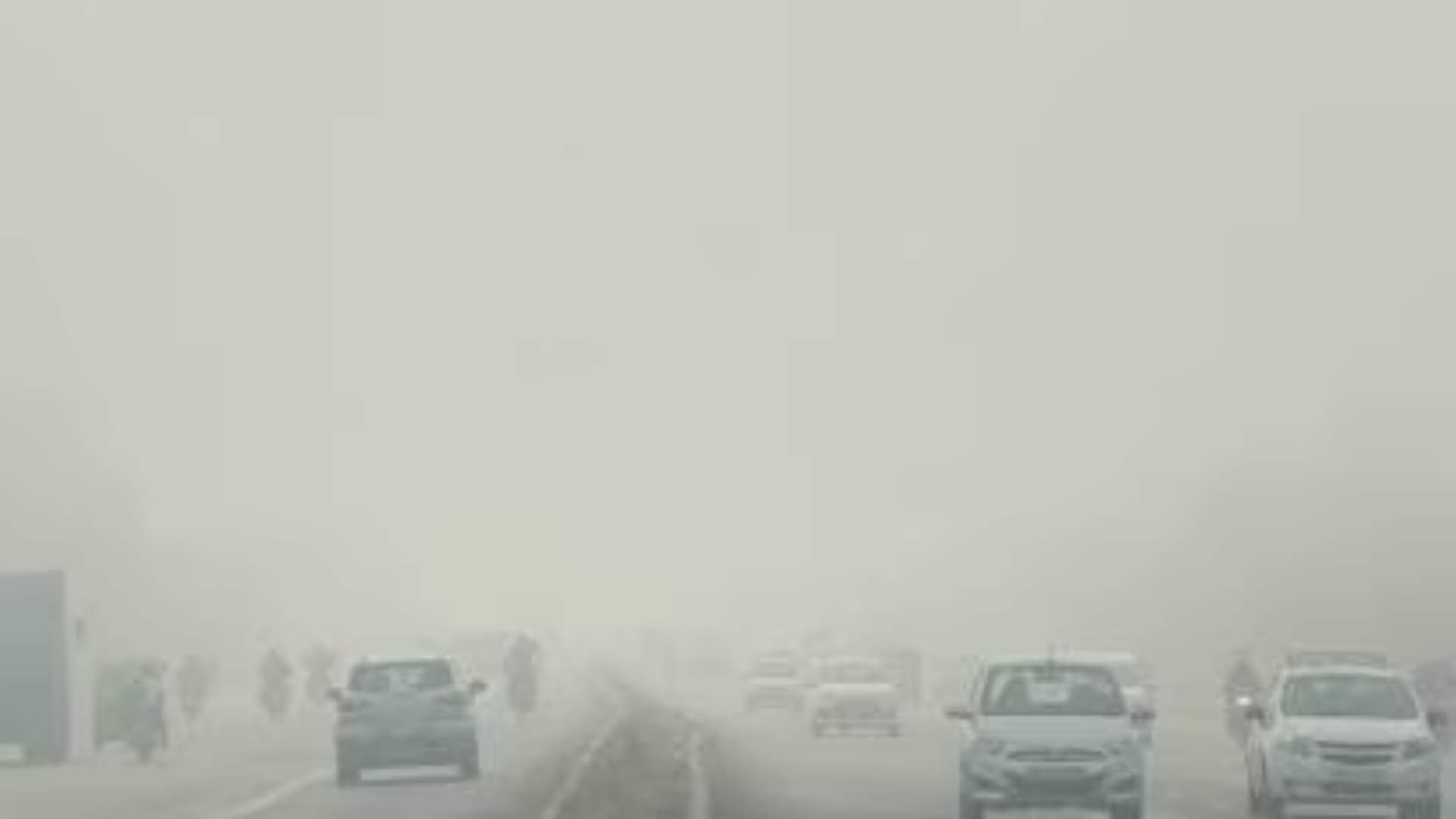Severe cold and dense fog continue to grip North India, leading to disruptions in flight and train services. The India Meteorological Department (IMD) reported ‘very dense fog’ in isolated parts of Punjab, Haryana, West Rajasthan, and Bihar at 5:30 am on Thursday, affecting visibility and causing delays.
Similar heavy fog was observed in isolated parts of Delhi, West Uttar Pradesh, Jharkhand, Odisha, and Assam, while moderate fog affected isolated parts of Sub-Himalayan West Bengal and Sikkim. Shallow fog was also reported in eastern Rajasthan, eastern Uttar Pradesh, and western Madhya Pradesh.
The IMD forecasts dense to very dense fog late night and morning over many parts of Punjab, Haryana, and Chandigarh between January 18 and 20, with isolated parts affected on January 21 and 22. A slight increase in minimum temperatures by about 2 degrees Celsius is expected over Northwest India in the next 24 hours, with no significant change there after.
The visibility at 5:30 am on Thursday was recorded below 500 meters, causing challenges for commuters. Poor visibility and biting chill were reported in several states, including Punjab, Haryana, Delhi, West Rajasthan, East Rajasthan, West Uttar Pradesh, East Uttar Pradesh, West Madhya Pradesh, Bihar, Jharkhand, Odisha, Sub-Himalayan West Bengal, and Assam.
Transportation services were severely affected, with 18 trains running behind schedule in Delhi, according to the Northern Railways. Delays ranged from 1 to 5.30 hours, impacting major routes such as Bhubneshwar-New Delhi Rajdhani Express, Puri-Nizamuddin Purushottam Express, and Rewa-Anand Vihar Express.
Passengers at railway stations and airports faced difficulties as flights and train movements were extensively disrupted due to the prevailing fog. Several flights were delayed and some even canceled at the Indira Gandhi International Airport, where visibility dropped to 50-100 meters from 12 am to 6:30 am on Thursday, according to IMD data.
The situation is expected to persist, and travelers are advised to check for updates and plan accordingly as transportation services work to manage the impact of the ongoing dense fog.



















